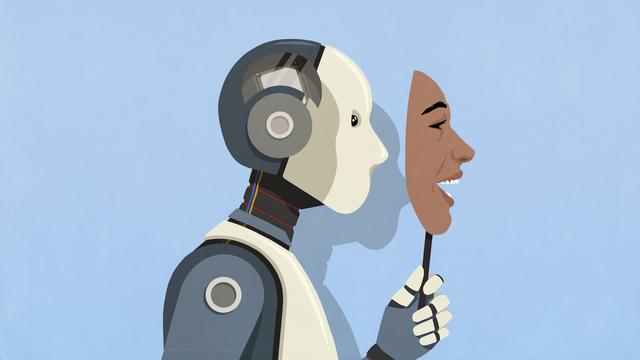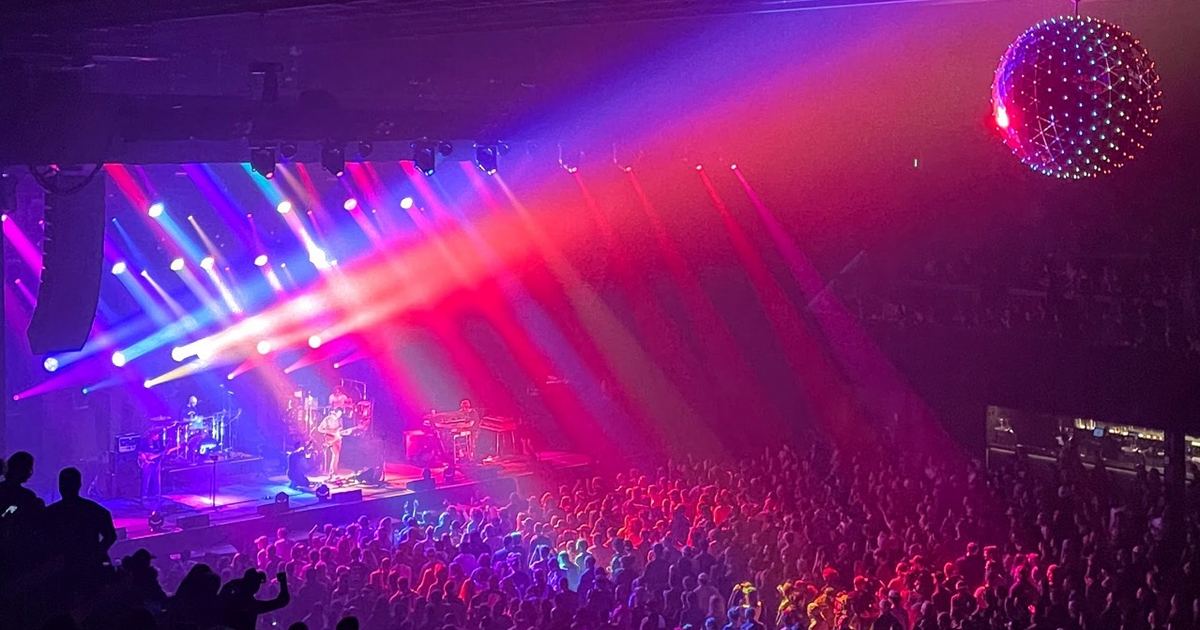#generativeAI
Goldman Sachs staff now write a million gen AI prompts a month
Recently, it's provided its GS AI, a platform that hosts #GenerativeAI assistants, to its entire workforce of 46,000 people and has been training them on how to use it.
https://www.americanbanker.com/news/goldman-sachs-staff-now-write-a-million-gen-ai-prompts-a-month

"I just want to be clear here: the price of my plan did not change. Instead, Microsoft moved me to a new plan that contained generative AI features I never asked for; a plan that cost a lot more than I was already paying. Then it lied to me, claiming my existing plan had increased in price and that there was no version of a plan without generative AI — until I tried to stop paying them altogether.
Deceptive practices like this are part of the reason so many people not only increasingly despise the tech monopolies, but also see generative AI as a giant scam. I have little doubt that if Lina Khan was still heading up the US Federal Trade Commission that this is something she’d be looking into; it’s such a clear example of the abuses she used to take on. But now that a Trump crony is in that position instead, tech companies can get away with ripping off and lying to their customers, as Microsoft just did to me and millions of others.
I’m not trying to claim I’m the first person to notice Microsoft doing this; I’m expressing how furious I was when I saw how deceptively the company was acting toward me to fund its generative AI ambitions."

"Alright, I’ve officially spent too much time reading Trump’s 28-page AI Action Plan, his three new AI executive orders, listening to his speech on the subject, and reading coverage of the event. I’ll put it bluntly: The vibes are bad. Worse than I expected, somehow.
Broadly speaking, the plan is that the Trump administration will help Silicon Valley put the pedal down on AI, delivering customers, data centers and power, as long as it operates in accordance with Trump’s ideological frameworks; i.e., as long as the AI is anti-woke.
More specifically, the plan aims to further deregulate the tech industry, penalize US states that pass AI laws, speed adoption of AI in the federal government and beyond, fast-track data center development, fast-track nuclear and fossil fuel power to run them, move to limit China’s influence in AI, and restrict speech in AI and the frameworks governing them by making terms like diversity, inclusion, misinformation, and climate change forbidden. There’s also a section on American workers that’s presented as protecting them from AI, but in reality seeks to give employers more power over them. It all portends a much darker future than I thought we’d see in this thing."
https://www.bloodinthemachine.com/p/trumps-ai-action-plan-is-a-blueprint

"Consider AI Overviews, the algorithm-generated blurbs that often now appear front and centre when users ask questions. Fears that these would reduce the value of search-adjacent ads haven’t come to pass. On the contrary, Google says AI Overviews are driving 10 per cent more queries in searches where they appear and haven’t dented revenue. Paid clicks were up 4 per cent year on year, the company said in a call with analysts on Wednesday.
But as AI yields more, it costs more. Google’s capital expenditure on data centres and such trappings this year will now be about $85bn, versus its prior estimate of $75bn. That’s almost quadruple what the company spent in 2020, when AI was a glimmer in Silicon Valley’s eye. It’s also 22 per cent of the company’s expected revenue this year, according to LSEG, the highest annual level since 2006."
https://www.ft.com/content/7589393d-e562-46b7-9c43-5ffaf195e8d6
The more advanced #AI models get, the better they are at deceiving us — they even know when they're being tested
More advanced AI systems show a better capacity to scheme and lie to us, and they know when they're being watched — so they change their behavior to hide their deceptions.

